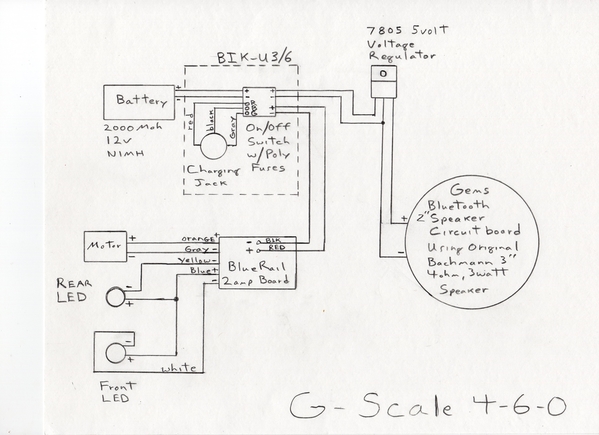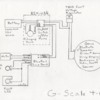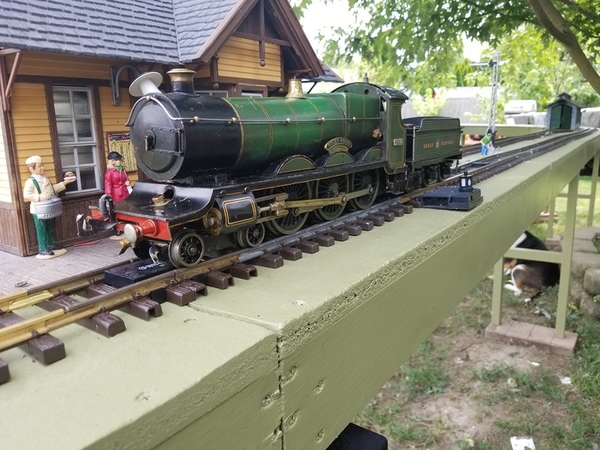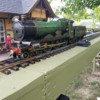CSam, I use mainly NiMh batteries, have a few LiPos but no Nicad.
From what I've read, the LiPos have less internal resistance, giving you more power at startup. I believe it from what I've witnessed in my engines. A lot of folks will tell you NOT to use LiPos because of the fire hazard, but I haven't had any problems, of course I charge mine at approx .5Amp/hr and NO fast charging. That said, most of my 20 engines have NiMh batteries in them.
As far as sound and smoke...I haven't tried installing a smoke unit, so I can't say. As far as I know, currently the only sound available would be if you used the BlueRail Bluehorse board, unfortunately they're sold out but they are working on a new board with some exciting new features. Hopefully we'll see the new boards soon.
I took all my smoke units out long before I converted from DCS/TMCC to BPRC. Lost my sense of smell 15yrs ago and didn't care for the residue it left on the layout.
I do kind of miss the sound of the steam chuff and diesel rumble, and the occasional horn/bell/whistle, but all the other frills I can do without. Presently none of my engines have sound, but they make enough noise going around the layout. Good thing is I can hear my engines working and if something goes wrong I quickly notice it, like a derailment (almost always pilot error for not throwing a switch). Before I rebuilt my layout from using 1x2 lumber to using Mianne benchwork I had some slight grades and could hear the engine change sound as it started the climb. Now the layout is almost flat and I don't hear that sound anymore.
I still have zero wiring on my layout, but may wire up my Atlas turntable. I don't have to clean the track anymore to obtain continuity but I do clean it periodically because dust/dirt gets on the rails and then the wheels (maybe I need to clean house more often).
My last transmitter and receiver purchases I made were all from Micron Radio Control In the UK, batteries from Amazon or Ebay, charging jacks, chargers, on/off switch, LEDs from almost any convenient place. Micron delivers to the US pretty fast, usually within a week. I also have purchased items from RCS Australia, Tony Walsham makes a fine module that includes on/off switch, fuses, and charging jack, but I have also made my own using components from the parts box. You just have to have/draw a schematic so you can wire them correctly.
Bob Walker has helped me understand how some things needed to be wired, I think I still have the schematics I used on file.
I use the Deltang receivers, Rx65 and the new Rx66. Currently no sound and I don't know if Deltang will ever add sound. You can order the Rx from Micron with wires already attached so all you have to do is connect them (battery, motor, lights, charging jack, on/off switch). I've got some installs that look really clean and others that look like a rats nest.
I would recommend anyone who has a shelf queen engine to consider converting it to BPRC, if for nothing else to get it back on the layout, a good way to see for yourself how BPRC works. You'll need to be able to read some basic electronic schematics and do some wiring and soldering. If you can follow directions it should be fairly easy. Hey, if I can do it anybody can.
Do a search on this forum, I know I've listed the components needed a number of times.



















